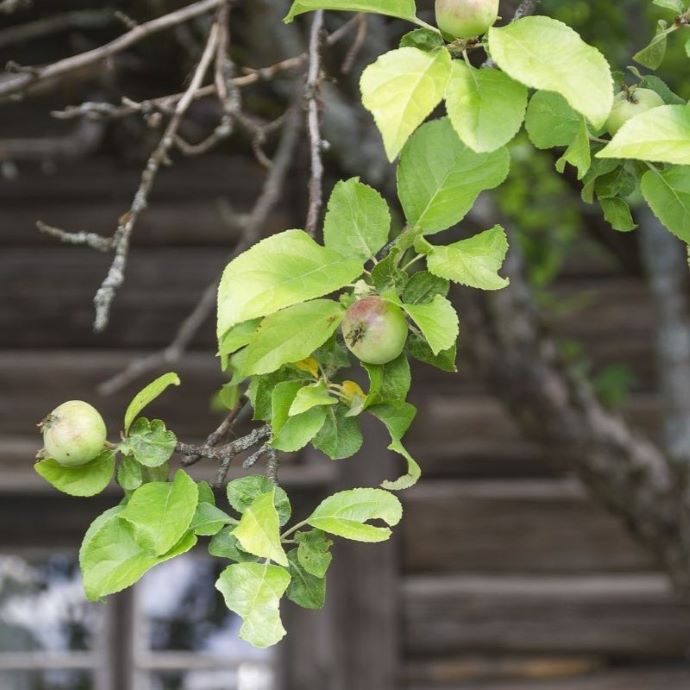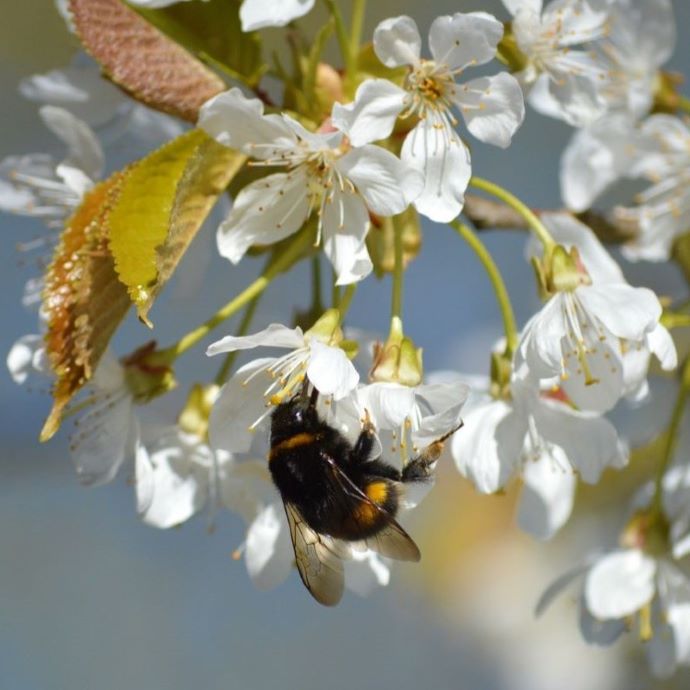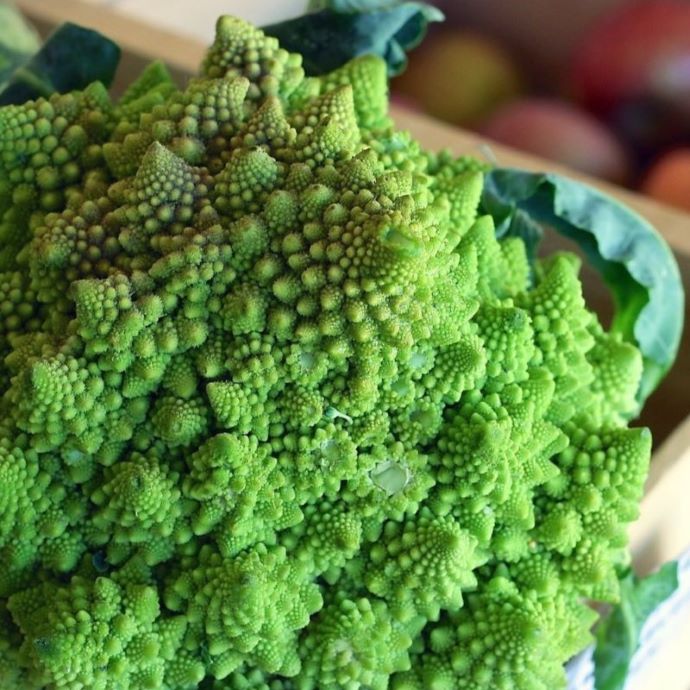Advice & Inspiration
Pruning Apricot Trees: The Ultimate Guide
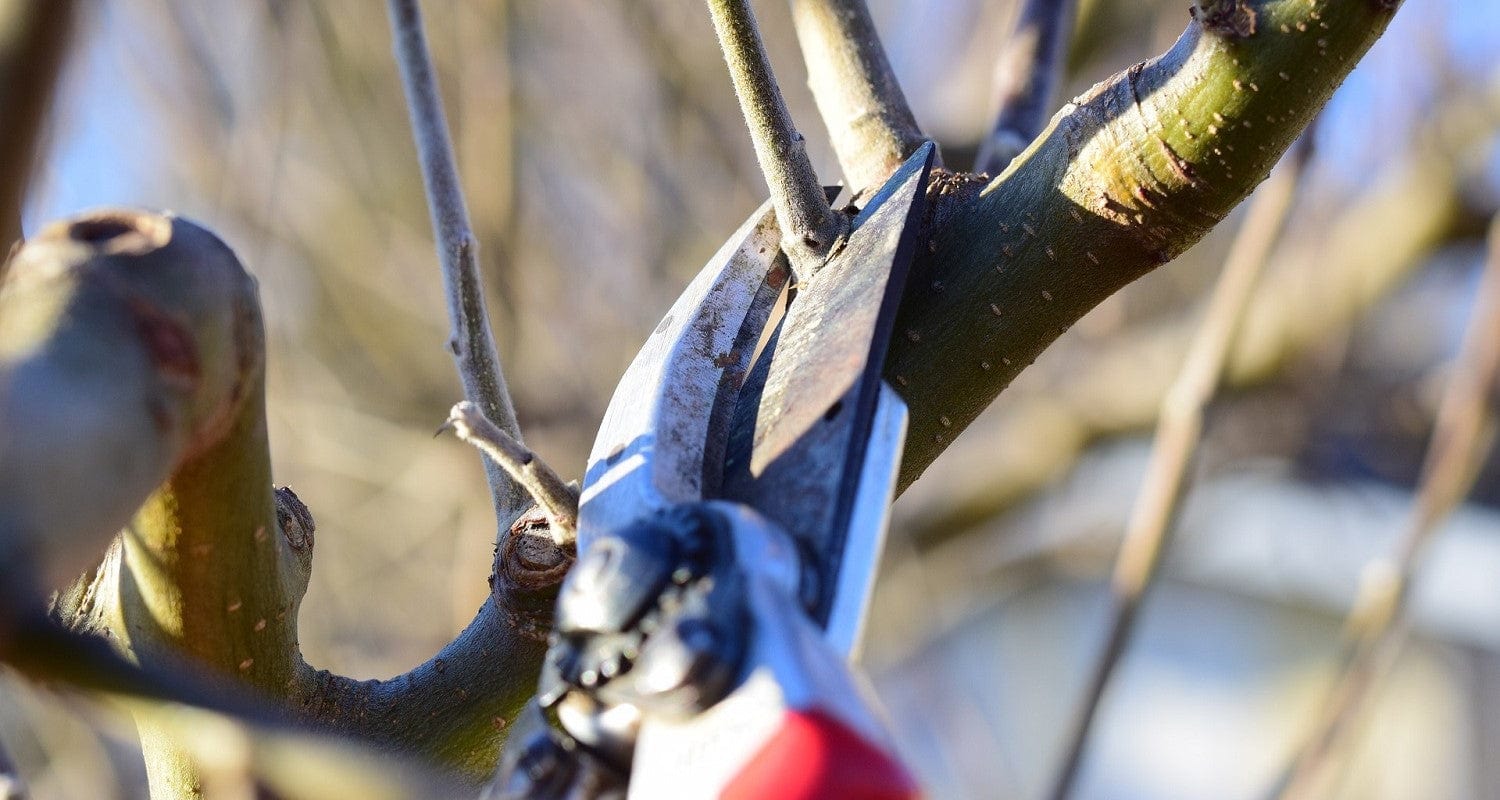
Do apricot trees need pruning?
If we left our apricot trees to their own devices and never pruned them they’d probably be OK, but if you want your tree to be healthier, more productive, better shaped and more pest and disease proof, you’ll need to crack out the pruners.
The good news is that pruning apricot trees is pretty straightforward and won’t take you too long. Read on to find out how!
Jump to:
- When to prune
- What you'll need
- How to prune young apricot trees
- How to prune established apricot trees
- How to prune potted apricot trees
- Benefits of pruning
When to prune apricot trees in the UK
The right time of year to prune your apricot tree depends on how old it is.
Young trees (up to about two years old) should be pruned when new leaves start to emerge. March or early April is ideal.
Established trees (about two years old and reliably producing fruit) should be pruned in summer, ideally between July and late August.
Stone fruit trees can be affected by canker and silver leaf - pruning during the growing season means that pruning cuts are sealed with the tree’s sap, which helps to keep diseases out. Apricot trees of any age should not be pruned in autumn or winter.
What you will need
To prune your apricot tree, you’ll need:
Pruning shears
Handheld pruners for trimming thin branches - you’ll use these the most.
Loppers
Also known as long handles pruning shears, these are for cutting branches up to 5cm wide and those that are higher up the tree.
Pruning saw
For cutting through large branches too thick for loppers. Hopefully if you keep on top of the yearly pruning you won’t need one of these, but they can be handy for removing any dead or damaged parts.
To prevent infection, all of your tools should be kept clean and sharp.
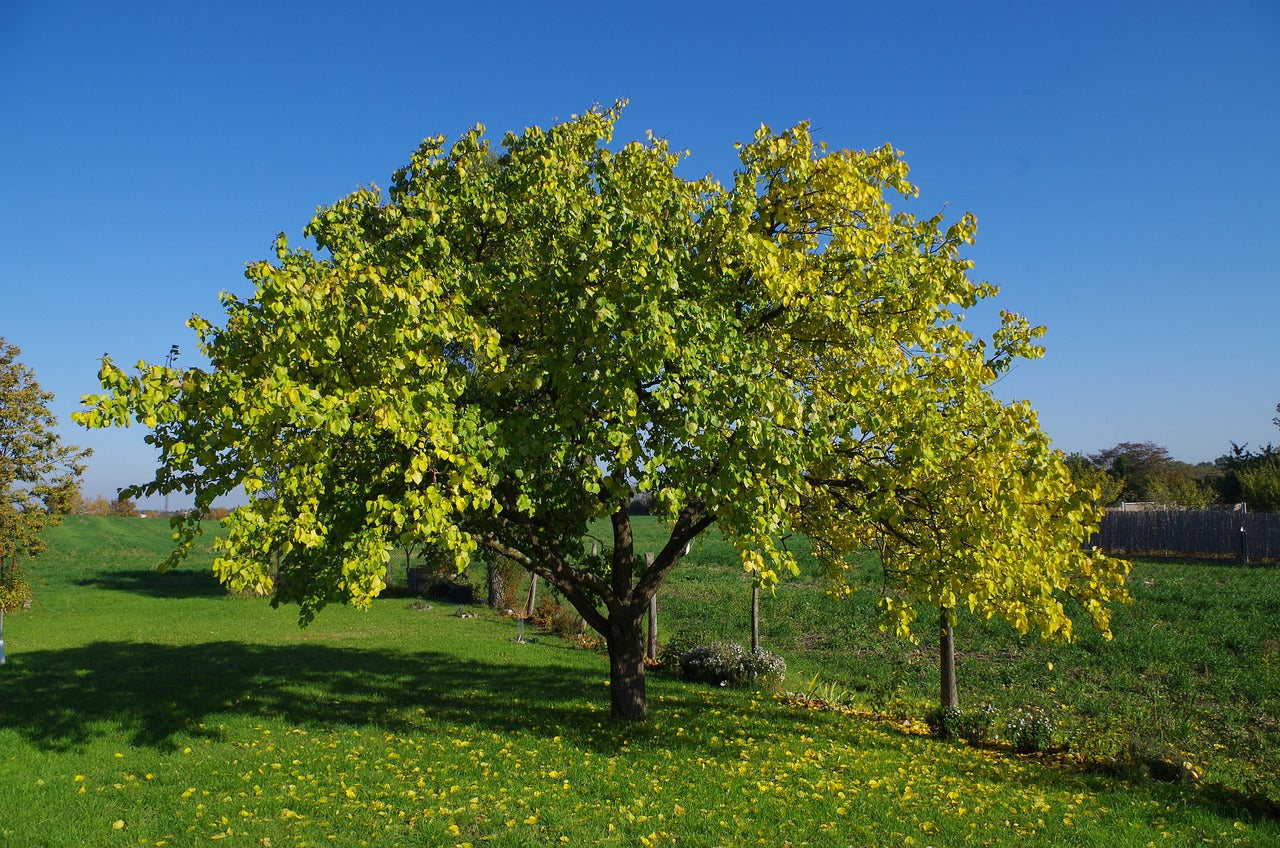
How to prune apricot trees
Young trees and established trees need to be pruned differently: here’s how.
For young apricot trees
Your aim in pruning a young apricot tree is to establish a well balanced structure which will make the tree grow up healthy and strong. You should be left with 3-5 good strong branches growing from the trunk.
- Choose which branches to cut: these should be any that are broken, damaged, crossing or sticking out at odd angles, and you can remove these completely.
- To keep the tree well shaped, remove any branches or shoots that are growing too low down on the trunk (about 45cm from the ground).
- Remove any branches that are growing more upwards than outwards - this will encourage a crown with an open form and good air flow, which prevents moulds and infections.
- If there are two branches growing closer than 15cm from each other, choose the stronger or better shaped one and prune the other one back to the trunk.
- Now shorten the branches that are left - in the first year you should prune them to 5-10cm long, making sure you leave at least one bud. (One that’s facing outward is best as this will produce more open branches. Prune to about 1cm above a bud.) In the second and third years you should prune them down by about a third to a half.
For established apricot trees
The aim of pruning from now on is to keep the tree healthy and productive, building on the good work you did when the tree was young. All you need to do is:
- Remove dead or diseased wood.
- Remove any weirdly angled shoots or branches from the trunk.
- If two branches are crossing, remove the weaker one.
- Prune out old shoots that are no longer fruiting.
- You can prune out small branches from the crown if they’re looking too crowded.
Pruning patio apricots
When
Prune your patio apricot in March or early April as the new leaves are starting to emerge. You won’t need to prune your tree when you plant it as our trees are professionally pruned before sending.
How
Any pruning you do will be minimal - first of all, remove any dead, diseased or damaged branches, then look at the shape of your tree and prune out any branches that are overcrowded or crossing over - this is done to keep a good flow of air through your tree and prevent disease. After a couple of years you can also prune out any branches which aren’t producing any fruit.
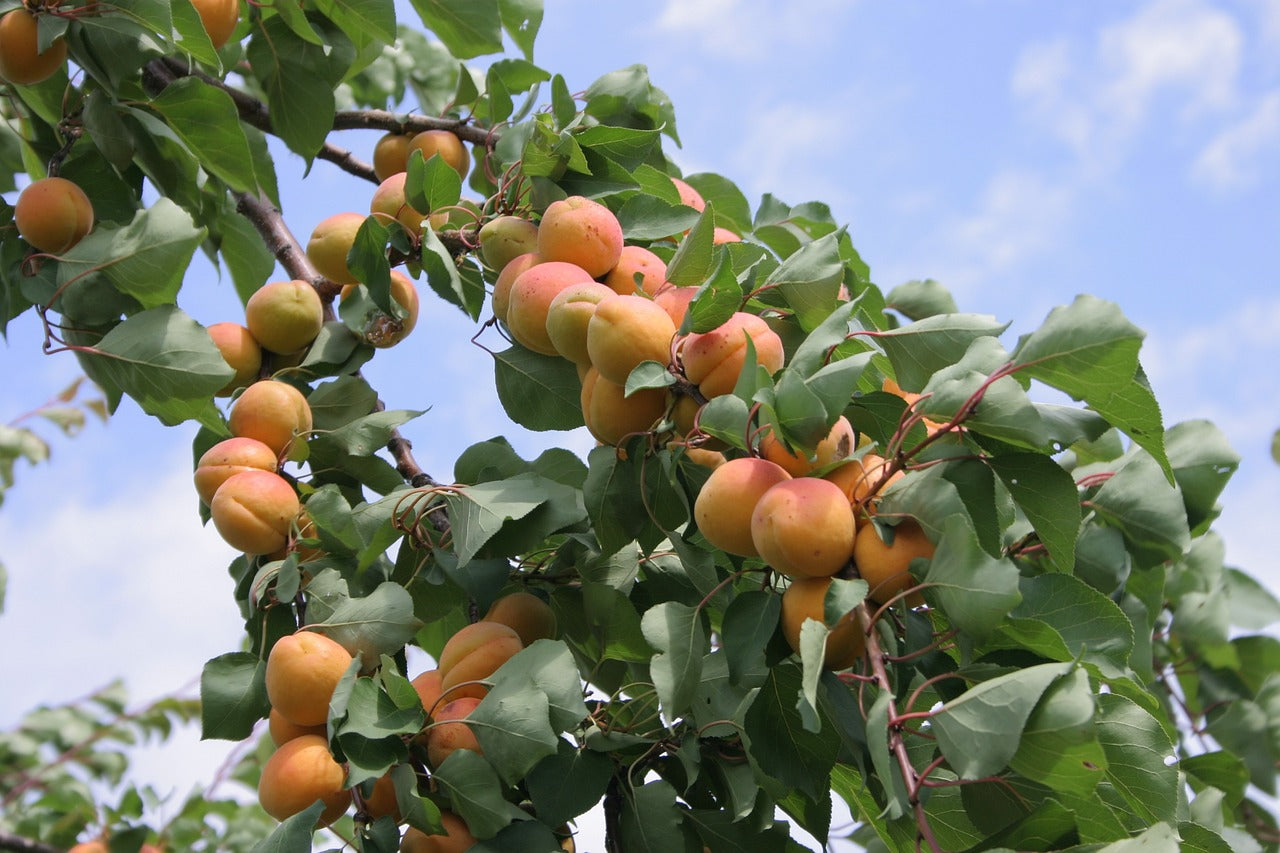
Three good reasons to prune apricot trees
1. Shaping for better results
Shaping your tree is not just about making it look beautiful, although that’s a bonus! This is particularly important for young trees, helping them to grow into a strong framework which will support the weight of their future crops. A good shape for an apricot tree is a goblet shape, which will allow plenty of air to circulate through the branches. Removing some of the branches will make the tree focus its energy on new ones, making them stronger. Apricots typically fruit on wood that is 2-5 years old, so removing any that’s older than this will improve your fruit to branches ratio.
2. Preventing problems
Pruning is essential for creating a good air flow through the branches of your tree, which will be a major factor in keeping diseases at bay. When the air circulates around well-pruned branches, it dries them out and stops fungal diseases developing - and if your tree is struck by disease, pruning out the affected branches can stop it spreading. Well spaced branches also allow more sunlight to reach the blossom and developing fruit, making it ripen quicker.


